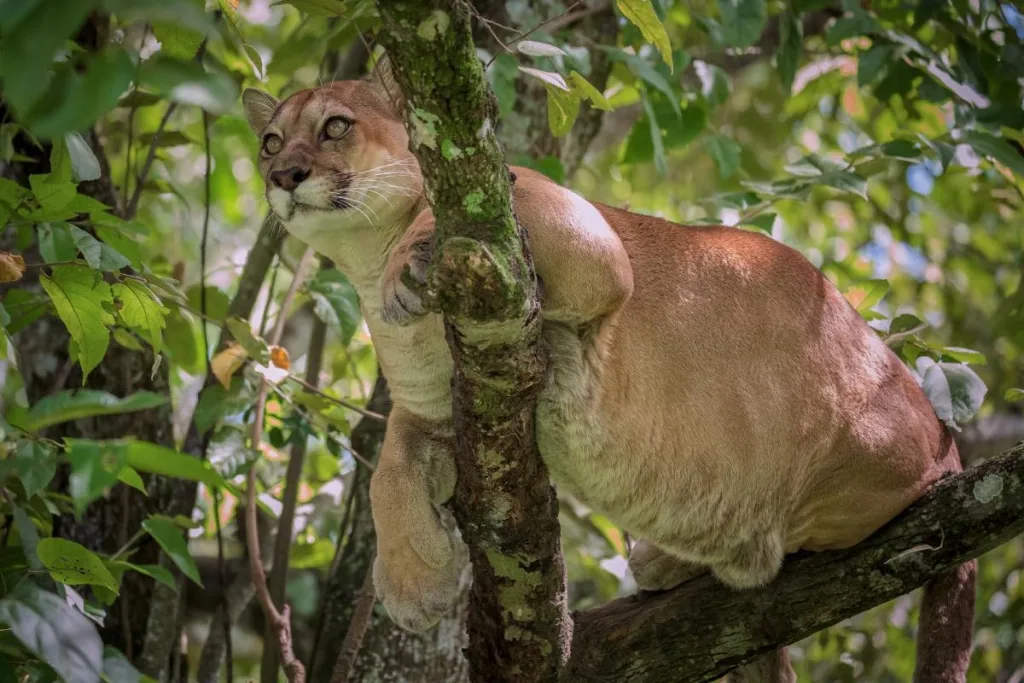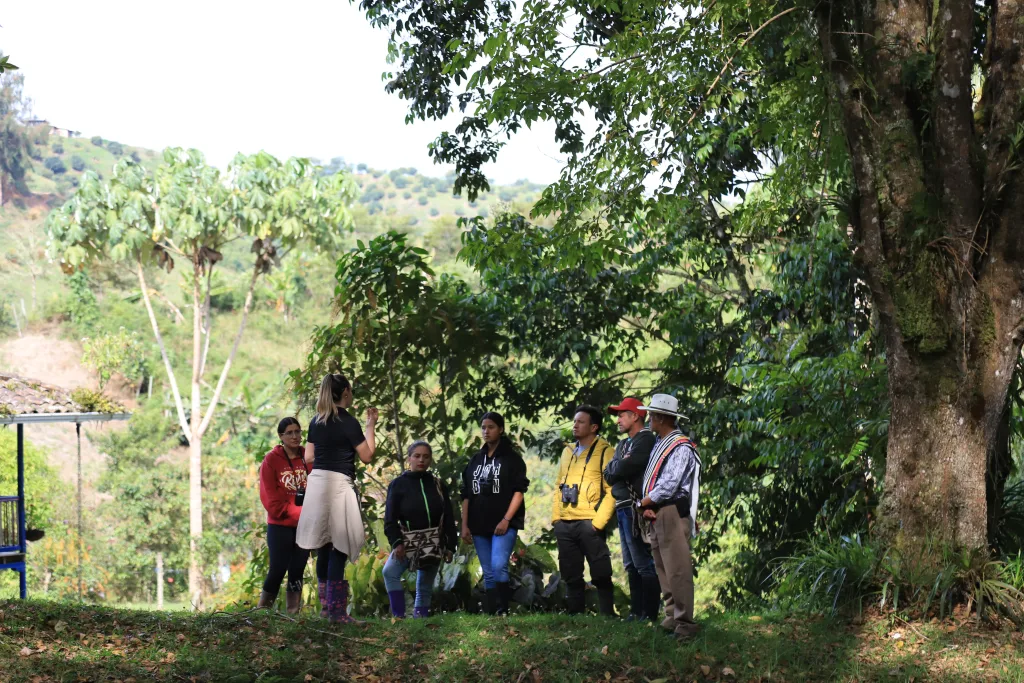The Cuchilla del San Juan Protected Area gains over 45 thousand acres
06/21/2023
Great news for conservation in Colombia! The Integrated Management Regional District, Cuchilla del San Juan extends its protection zone, now totaling 73,273.91 acres.
- Integrated Management Regional District, (DRMI) is a category of protected area that gives communities who live in the area the right to sustainable development activities.
- Cuchilla del San Juan supplies water to 33 community aqueducts, 1,919 direct users, and 68 villages with around 8,000 residents.
- Approximately 92.3% of the land cover of the protected area is Andean and sub-Andean forest in a good state of conservation.
The initiative to conserve Cuchilla del San Juan began in the early 1990s. In 2000, the area was officially declared an Integrated Management Regional District (DRMI) protected area. This declaration included an expansion of 27,277.96 acres. The DRMI category of protected areas in Colombia includes an action plan and regulates the use and management of renewable natural resources and economic activities that take place within them. Cuchilla del San Juan is home to communities whose main economic activity is agriculture; mainly sugarcane, plantain, cocoa, livestock, and fish farming.
In February 2020, Nature and Culture began the process of another expansion in coordination with the Humboldt Institute, Wildlife Conservation Society, and communities that live within the protected area and its surroundings. Today 45,993.72 acres have been added to the area, totaling 73,273.91 acres of protected Andean and sub-Andean forests.

A key area for conserving water and biodiversity
Located in west-central Colombia, Cuchilla del San Juan supplies potable water to 33 community aqueducts, 1,919 direct users, and 68 villages with around 8,000 inhabitants.
The most abundant river (96,091 ft3/sec) that empties into the Pacific Ocean in America is born in Cuchilla del San Juan: the San Juan River. This river is very important for the Afro-Colombian and Indigenous communities of the Chocó since they live on its banks and use it for fishing and navigation.
Because it is located at the confluence of the Andean Chocó and the Tropical Andes, Cuchilla del San Juan is key to Colombia’s ecosystem connectivity and a hotspot for biodiversity. Findings from biological expeditions carried out in the expanded area recorded 1,636 species of both plants and animals; among them, the Andean bear (Tremarctos ornatus), the puma (Puma concolor) and birds of interest for ecological tourism such as the aurinegra tanager (Bangsia melanochlamys) and the Tatamá bangsia (Bangsia aureocincta).

Of the identified species, 116 are endemic. Among plants, it is estimated that there are 47 endemic species; of which, 14 are threatened, including the Magnolia jardinensis (endemic and Critically Endangered) and Magnolia urraoensis (endemic and Endangered) trees.
Of the species registered, 307 are declining in population. According to the International Union for Conservation of Nature Red List of Threatened Species (IUCN), 53 are Threatened, 8 are Critically Endangered, 13 are Endangered, and 27 are Vulnerable.
“We were blind to the wealth we have because we see it every day. We were unaware of its potential, not only for our environment but globally. It is a corridor that covers us from the south of Antioquia to Tatamá. We have a pantry rich in fauna and flora”.
– Luis Elías Grajales, Community Resident
Thanks to the expansion of the protected area of Cuchilla del San Juan, species in the area grow in status as Conservation Object Values (COV), demanding a management plan to maintain and increase the number of existing individuals and prevent their decline.
Long-term protection of the area and local challenges
The abundance of life and richness within the protected area of Cuchilla del San Juan may increase its potential for threats.
Pressures on the health of the area include negative interactions between people and wildlife, such as cats and eagles, unplanned agricultural activities, and monoculture systems. It will also be a challenge to regulate local communities’ use of natural resources in the area and for the local environmental authority to minimize negative effects on the protected area through surveillance and control strategies.
With the declaration of this expansion, the management plan of the area will be updated, identifying opportunities for local benefit that contribute to the conservation, such as activities to strengthen governance, sustainable production systems, sustainable tourism, ecological restoration, and biodiversity monitoring.
A collaborative effort

The expansion process of the DRMI Cuchilla del San Juan was made possible thanks to the active participation and commitment of the communities of the municipalities of Pueblo Rico and Mistrató, the articulated work of the Humboldt Institute, WCS, Carder, the environmental authority, Fecomar and the support of Nature and Culture International and Andes Amazon Fund.
“Social dialogue is key to being able to consolidate a protected area project. Partnering with local social and environmental organizations is strategic to build capacities around conservation and thus give it sustainability over time. The communities that inhabit this area will also benefit through support for projects to promote sustainable ecological tourism and the strengthening of their capacities.”
-Luis Santiago Castillo, Researcher at the Humboldt Institute and Nature and Culture partner


